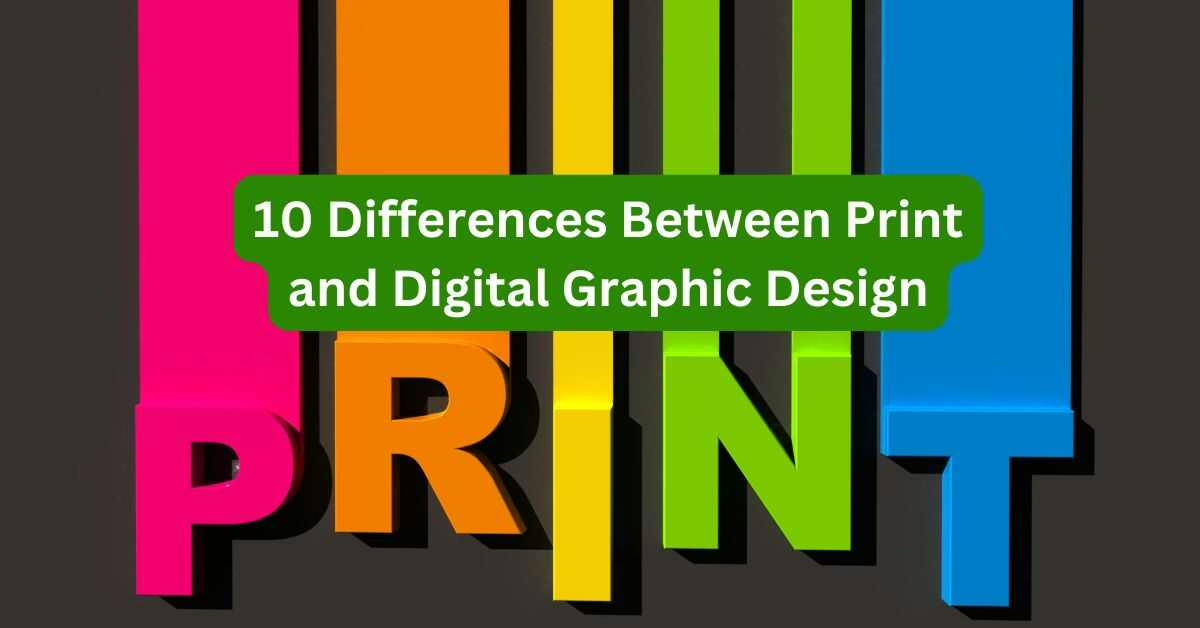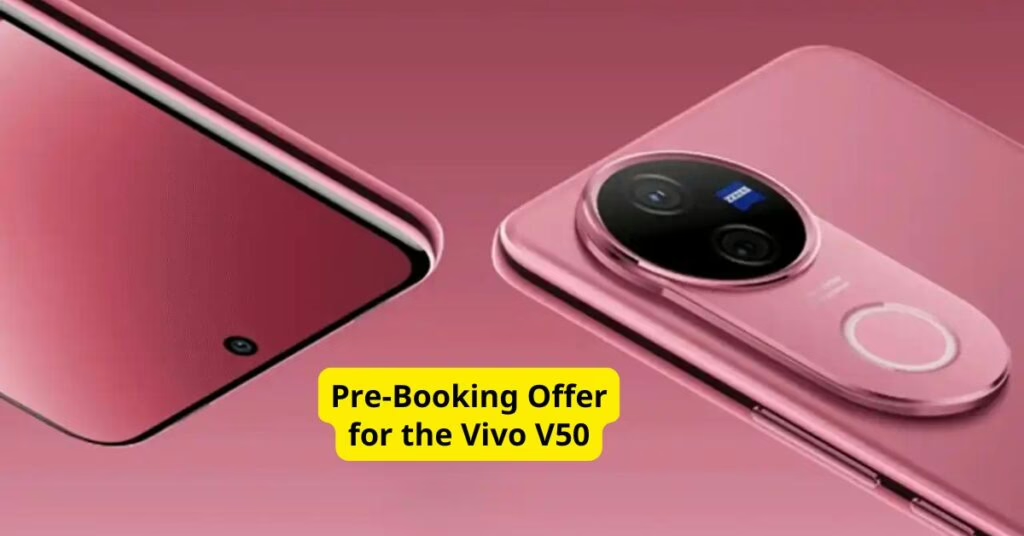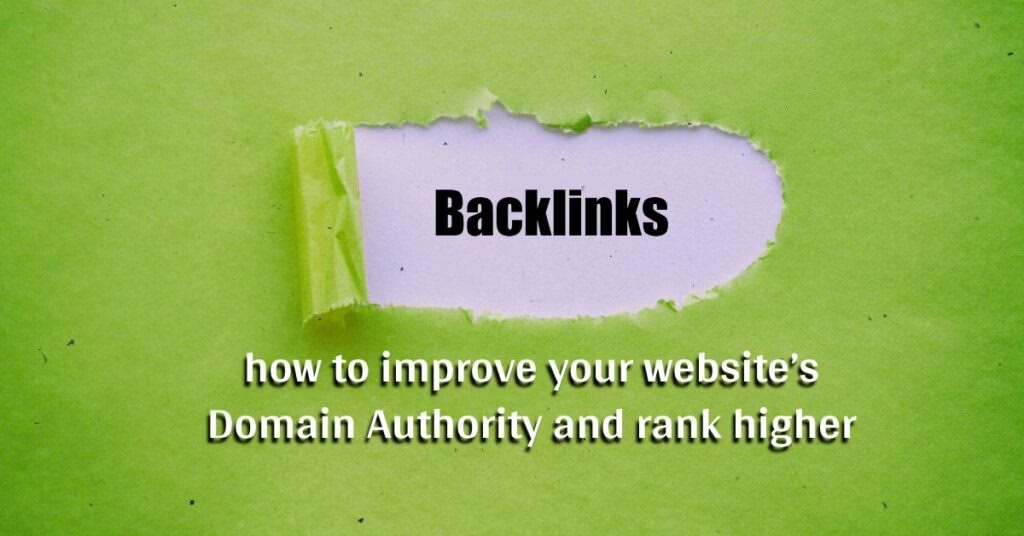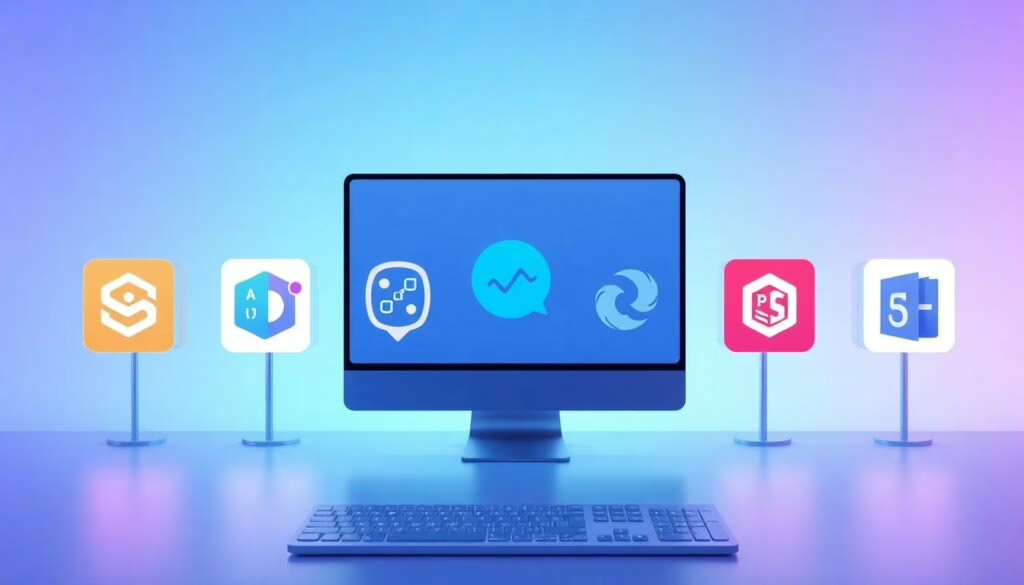Have you ever been caught between print and digital worlds, wondering why your meticulously designed flyer looks stunning on your computer but turns out dull when printed?
Or maybe you crafted the perfect social media ad, but it doesn’t pop the way it should across devices? As a designer who has navigated both mediums, I understand the struggles—and I’m here to make things easier for you.
This comprehensive guide will break down 10 key differences between print and digital graphic design, giving you a deeper understanding of each field while equipping you with actionable tips to overcome common pitfalls.
Whether you’re a beginner exploring graphic design or a professional looking to refine your skills, this is for you.
Let’s dive in!
1. Resolution: DPI vs. PPI
Resolution is one of the most significant differences between print and digital design.
- Print Design: Requires high-resolution images, typically 300 DPI (dots per inch) or higher, to ensure clarity in physical outputs like brochures or posters.
- Digital Design: Focuses on PPI (pixels per inch), with a standard of 72 or 96 PPI, as screens do not require as much detail.
Why It Matters
A low-resolution print project can lead to blurry, unprofessional outcomes, while an unnecessarily high-resolution file for digital use increases file size without added value.
Tip: Always start your project with the correct resolution settings. Changing it later can lead to quality issues.
2. Color Modes: CMYK vs. RGB
The choice of color mode can make or break your design.
- CMYK (Cyan, Magenta, Yellow, Black): Used for print design because printers combine these pigments to reproduce colors.
- RGB (Red, Green, Blue): Essential for digital work, as screens use these light-based colors to display content.
Key Consideration
When a design intended for print is created in RGB mode, colors may look drastically different when printed.
Tip: Always switch to CMYK for print projects and preview how colors will look post-print.
3. File Formats
Choosing the wrong file format can ruin your hard work.
- Print Design: Formats like PDF, EPS, or TIFF preserve high-quality details and are compatible with professional printers.
- Digital Design: Commonly uses PNG for transparency, JPEG for standard images, and GIF for animations.
Low Competition Keywords: best file formats for printing, PNG vs JPEG for designers, how to export TIFF files.
4. Typography and Font Choices
Print and digital typography behave differently.
- Print Typography: Fonts are static, offering greater control over how they appear. Embedding fonts in a print-ready PDF ensures consistency.
- Digital Typography: Fonts must adapt to various screen sizes and resolutions. Web-safe or variable fonts are crucial for compatibility.
Tip: Always test your typography across devices or mediums to ensure readability and brand consistency.
5. Interactive Elements
One key difference is that print design is static, while digital design can include interactivity such as clickable links, animations, and hover effects.
- Print designs convey information through layout and visuals only.
- Digital designs allow for user interaction, creating more dynamic experiences.
Application
For instance, an interactive ebook in PDF format may include hyperlinks and video embeds that traditional print media cannot replicate.
6. Viewing Distance and Scale
The size of your design plays a critical role in how it is consumed.
- Print: Consider factors like billboard readability from far away versus magazine text that’s read up close.
- Digital: Most digital designs are consumed on screens of various sizes—mobile phones, tablets, desktops.
Tip
Design mockups to simulate the user’s experience to test viewing clarity at the intended distance.
7. Printing Costs vs. Digital Distribution
Printing involves material costs for paper, ink, and even the printing process itself. Digital distribution, on the other hand, incurs no direct printing costs, making it more budget-friendly for campaigns.
8. Accessibility Requirements
Digital design has specific accessibility requirements, including proper contrast, font size, and alt-text for screen readers. Print design focuses more on aesthetic appeal and readability.
Accessible Design Tools
- For digital: Use tools like WAVE or Axe to test accessibility compliance.
- For print: Ensure sufficient contrast and clear fonts for readability.
9. Design Tools and Software
While both use graphic design software, the tools and features required often differ.
- Print Design: Tools like Adobe InDesign and CorelDraw dominate because they handle page layouts and color separations effectively.
- Digital Design: Adobe XD, Figma, and Sketch excel in responsive web design and interactivity.
10. Distribution Speed and Reach
- Print materials like brochures or catalogs require time for production and delivery.
- Digital content, such as social media posts or web ads, can go live instantly, reaching a global audience in seconds.
Pain Points Addressed
- For designers switching mediums: Knowing the differences saves countless hours on revisions.
- For businesses hiring designers: Understanding these nuances ensures you hire the right person for your needs.
FAQs
While possible, it’s not advisable. Each medium has specific requirements for resolution, color, and interaction that are hard to reconcile in one design.
Use calibrated monitors and test prints to preview how colors will appear.
Outbound Resources
If you want to read more information about how to boost traffic on your Website just visit –> The Insider’s Views.



